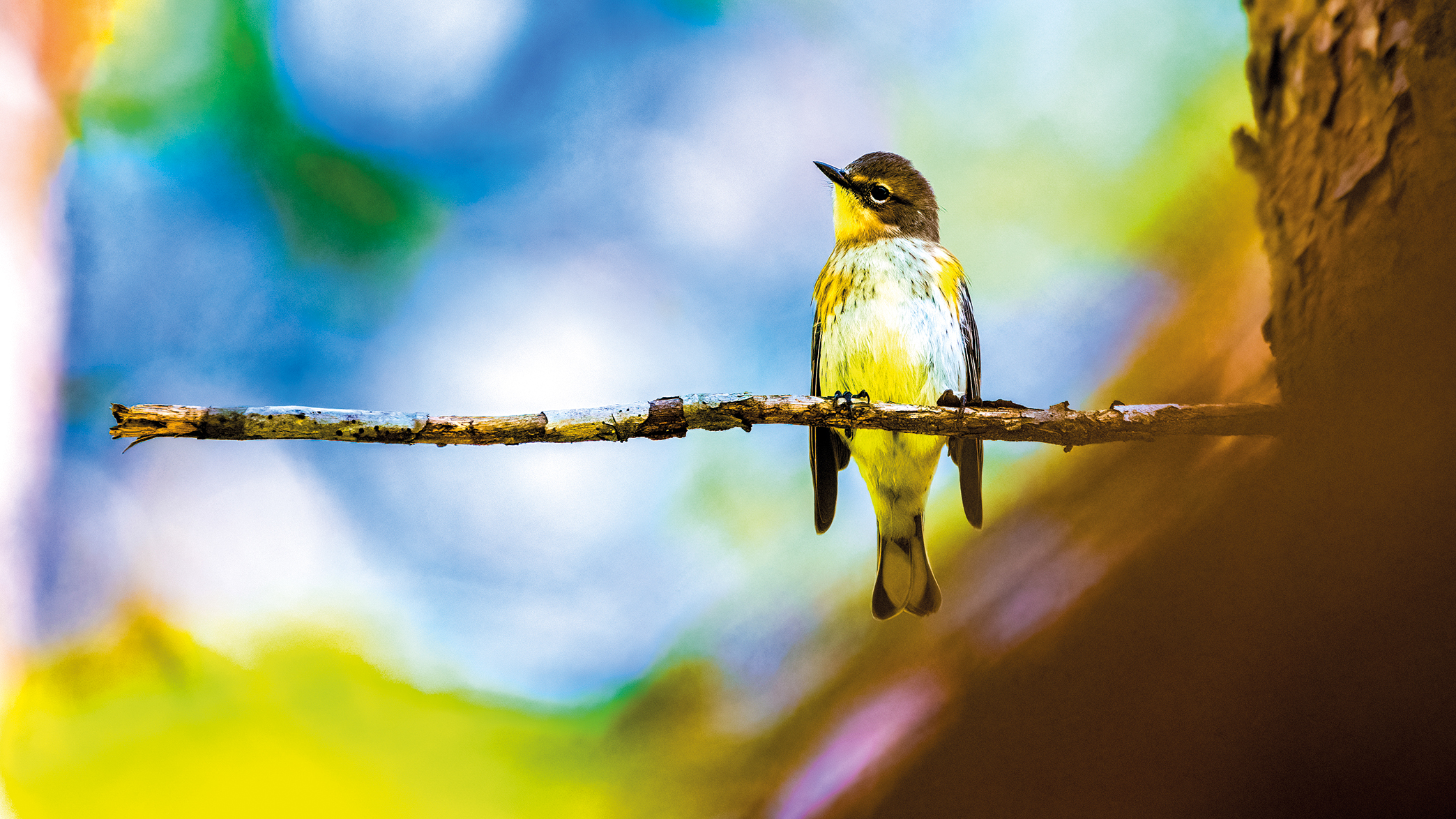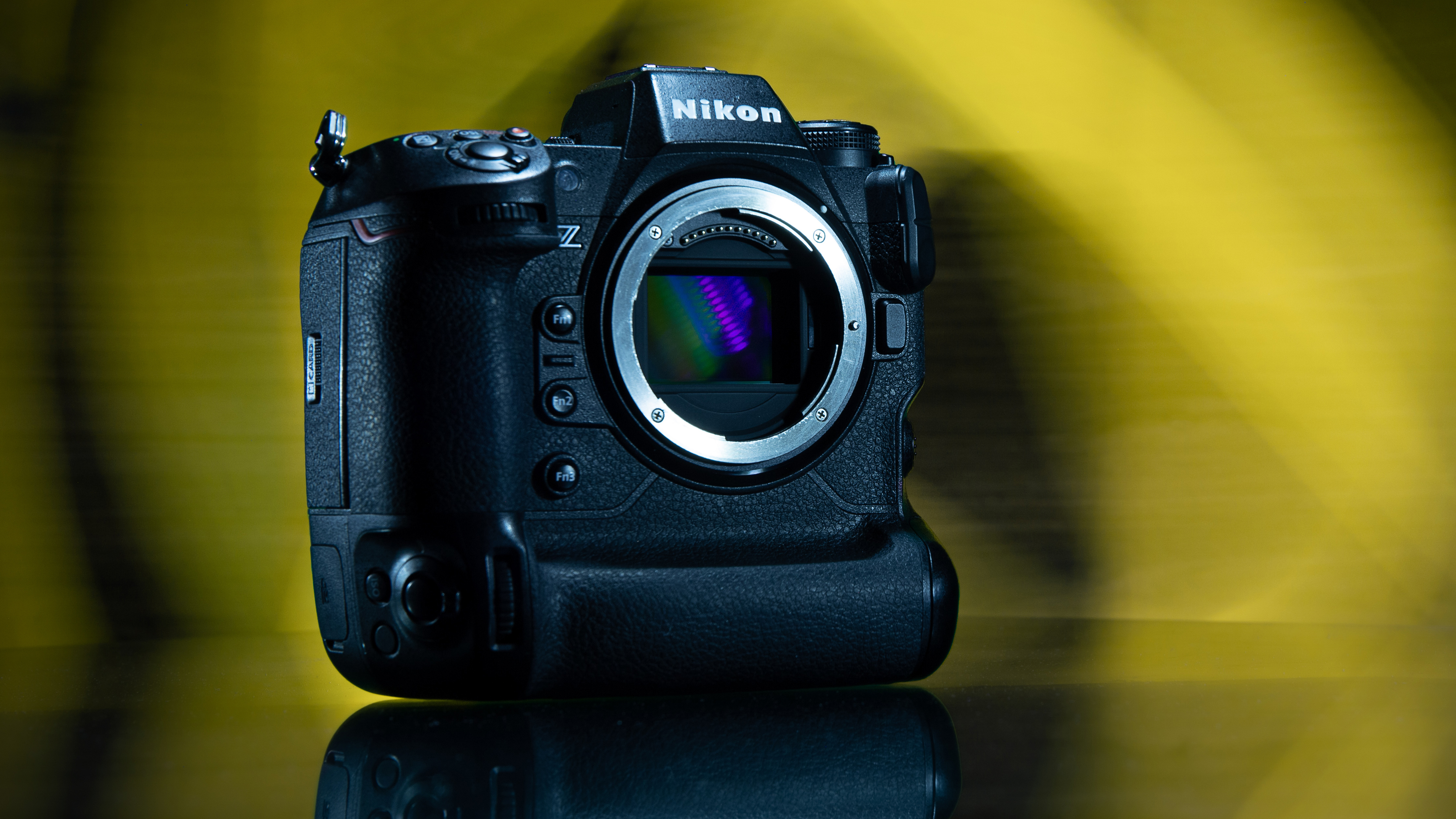
"I don’t take photos to feel fulfilled – photography brings me fulfillment. Living life and having fresh, new experiences inspires me to continue my photography journey daily", says Rylan Meadows, an award-winning photographer and content creator based in Kentucky, USA.
We discussed his work and analyzed his image, 'Dominate Warbler.' We discussed his techniques for capturing the photograph and why they are effective.
1. Bird behavior
"To get a good photograph of wildlife, it is crucial to be familiar with their behavior. Yellow-rumped warblers often forage for food on outer tree canopies at middle heights, which happened to be where this bird was. Yellow-rumped warblers are active birds, which is important to know when photographing them," Rylan says.
"If they are hunting for food such as insects, you will want to keep a higher shutter speed to freeze the motion in the frame. Luckily, in this photo, the warbler was just relaxing on a branch after doing some foraging."
2. Sense of depth
"The branch in the foreground provides the shot with a sense of depth and also helps frame the subject, the warbler," explains Rylan. "It was important that the branch wasn't in focus and distracting from the warbler, so a low f-stop like f/5.6 and a high focal length like 500mm were required. By doing so, the foreground element is leading the viewer in without being distracting."
3. Following the rules
In this case, the classic rules of photography helped Rylan achieve a balanced photograph while also highlighting the subject. "There are two composition rules that I put into action," Rylan explains. "The first, and perhaps most important, is the rule of thirds. The warbler is positioned on the right third of the image to make the image more pleasing to the eye."
The second composition rule Rylan applied was the rule of space, which dictated that there should be more space in the direction that the bird is looking. "This is especially important when it comes to following the eye line of the animal or the direction in which an animal is walking or flying," he adds.
4. Artistic background
Rylan captured the scene with an aperture of f/5.6. This open aperture, combined with the distance to the subject, created a shallow depth of field that turned the background layer into beautifully blurry and colorful elements. "I chose to use a shallow depth of field, not only to highlight the warbler but also to hide distracting branches that were lingering in nearby trees," he says.
"I chose to edit this photo as close to reality as I remembered seeing it unfold in front of my eyes. The bird was so vibrant and eye-catching when I was walking by and I wanted to be able to relay that through my editing."
Tech details

Camera: Nikon Z9
Lens: Nikkor VR 200-500mm f/5.6 E
Aperture: f/5.6
Shutter speed: 1/640 sec
ISO: 2200
Others in the Why Shots Work series
- Urban street photographer reveals his candid capture secrets
- Photographer tells story of getting up close and personal with a python
- Discover four key elements that make this stunning photo a success
- The 4 photographic decisions that take this motorsport shot to the next level
- Photographer tells story of his amazing shot of wallabies fighting on the beach







